Electronics Articles Archive
Advantages, disadvantages and applications of CDMA (code division multiple access)
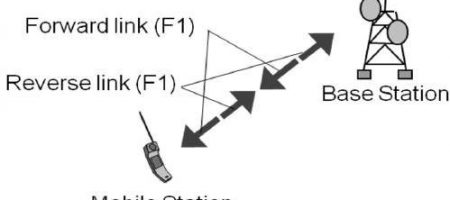
There are some important advantages of CDMA (code division multiple access) are given below, The CDMA does not require any synchronization. It has more number of users can share the same bandwidth. It is well-matched with other
Difference between PCM and DPCM

Following are the difference between PCM (pulse code modulation.) and DPCM (differential pulse code modulation) PCM DPCM The PCM stands for pulse code modulation. The DPCM stands for differential pulse code modulation. The PCM (pulse code modulation) can
Working principle and construction of PMMC
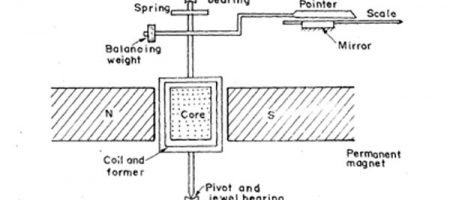
The PMMC stands for permanent magnet moving coil and it is also called as D’Arsonval instruments. The PMMC works on the electromagnetic effect. A permanent magnet is used to produce magnetic flux and a coil that carries
Advantages and disadvantages of PMMC (permanent magnet moving coil)
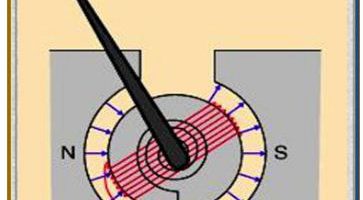
There are some advantages of PMMC (permanent magnet moving coil) are given below, The PMMC has uniformly divided scale. The scale may be very long, over about 250 degree. It has a very high torque to weight
Difference between pulse modulation and continuous wave modulation

Pulse modulation Continuous wave modulation The modulated signal is in the form of pulses. The modulated signal is in the form of continuous signals. It is used sampling technique. It is not used sampling technique. It has
Difference between FDMA and TDMA
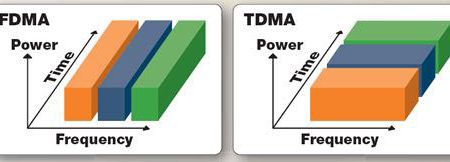
Following are the difference between FDMA (frequency division multiple access) and TDMA (time division multiple access) : FDMA TDMA FDMA stand for frequency division multiple access. TDMA stand for time division multiple access. The FDMA (frequency division multiple access)
What is IEEE 802.11?
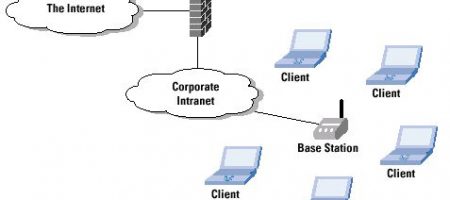
IEEE 802.11 is a combination of media access control (MAC) and physical layer specification used to implement wireless local area network (WLAN) computer communication in the 2.4, 3.6, 5 and 60 GHz frequency bands. The 802.11 family
Features of IEEE 802.11

There are some important features of IEEE (Institute of electrical and electronics engineers) 802.11 which are given below, The IEEE 802.11 gives 1 or 2 MB per second transmission in the 2.4 GHz band. It supports network
Block diagram of digital frequency meter (DFM)

The basic block diagram of basic digital frequency meter (DFM) is shown in above figure. The signal whose frequency we have to be measured is first to be amplified through amplifier. The output of amplifier is applied
Advantages and disadvantages of IEEE 802.11

There are some important advantages of IEEE 802.11 are given below, The IEEE 802.11 is easy to installation. It has higher frequency range. It has efficient coding technique. The IEEE 802.11 has reduced wiring expense. It is